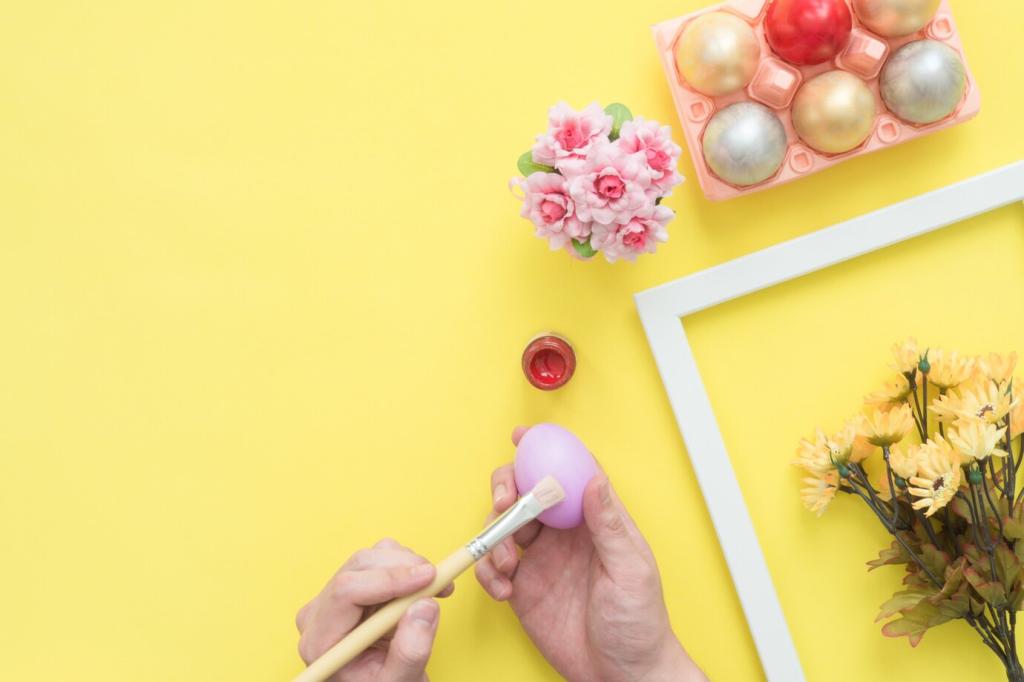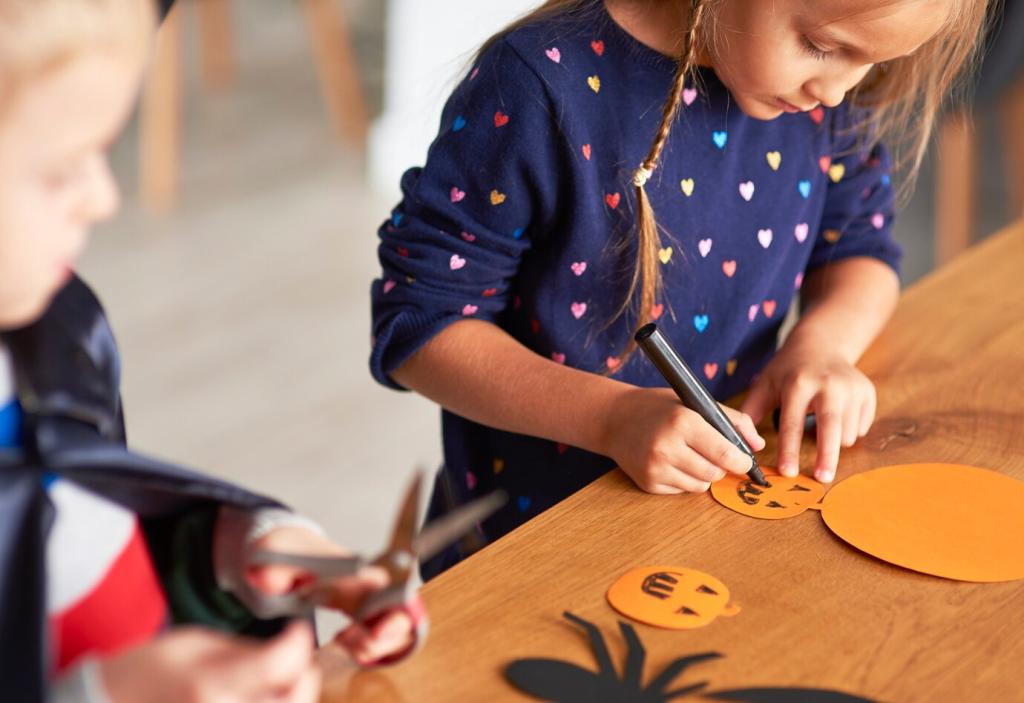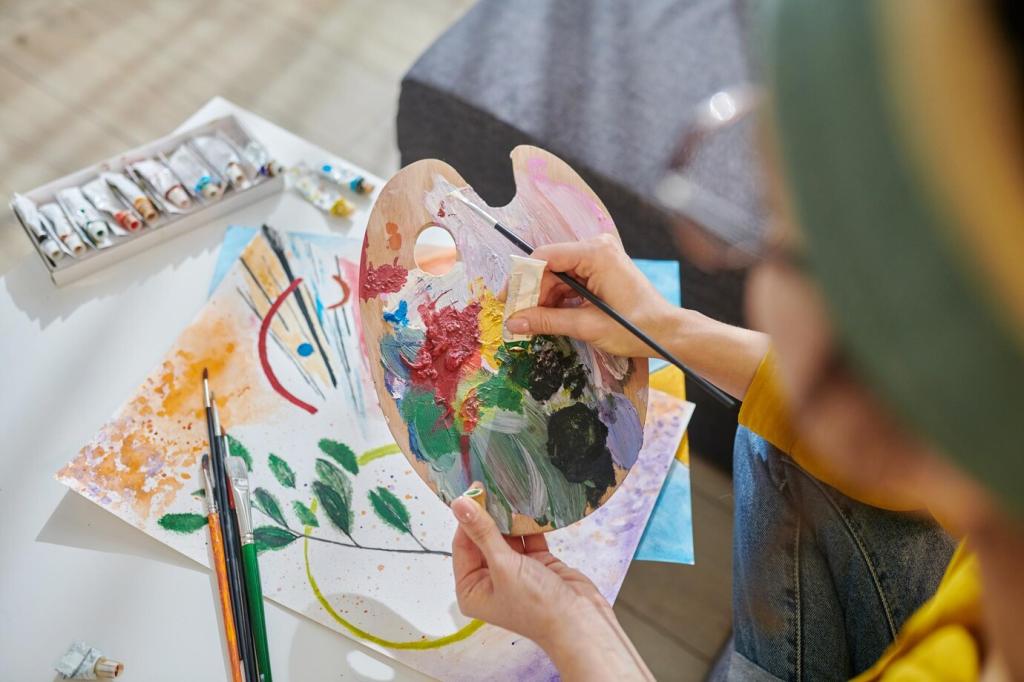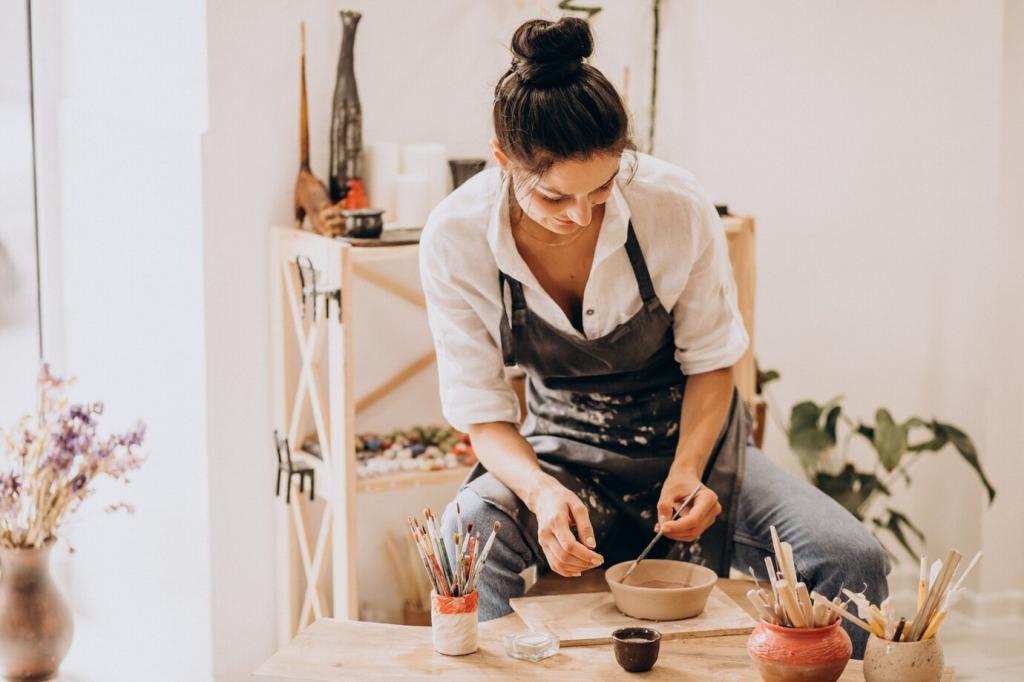Tools and Materials You’ll Actually Use
A cordless drill with step bits, a ceramic tile bit, sandpaper in multiple grits, measuring tape, clamps, non-toxic wood glue, and a dust mask cover most planter builds. Add painter’s tape for clean paint lines. Keep a small drop cloth handy to protect floors during spontaneous weekend projects.
Tools and Materials You’ll Actually Use
Use water-based polyurethane or spar urethane on exterior wood surfaces and let them fully cure to minimize odors. For soil-facing areas, line with pond liner or landscape fabric to avoid chemical contact. Mineral oil revives cutting boards and raw wood accents. Always ventilate and follow curing times carefully.










